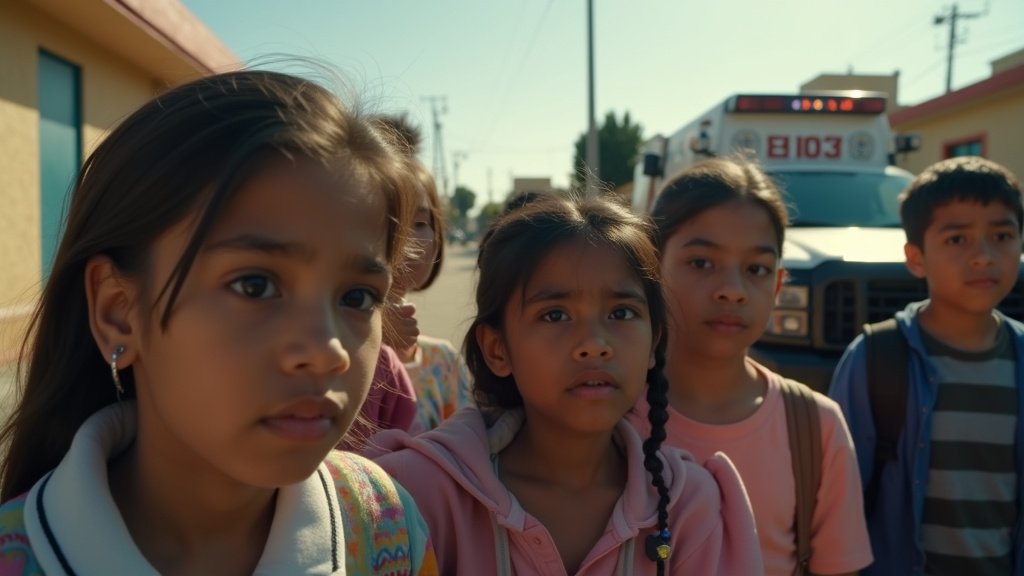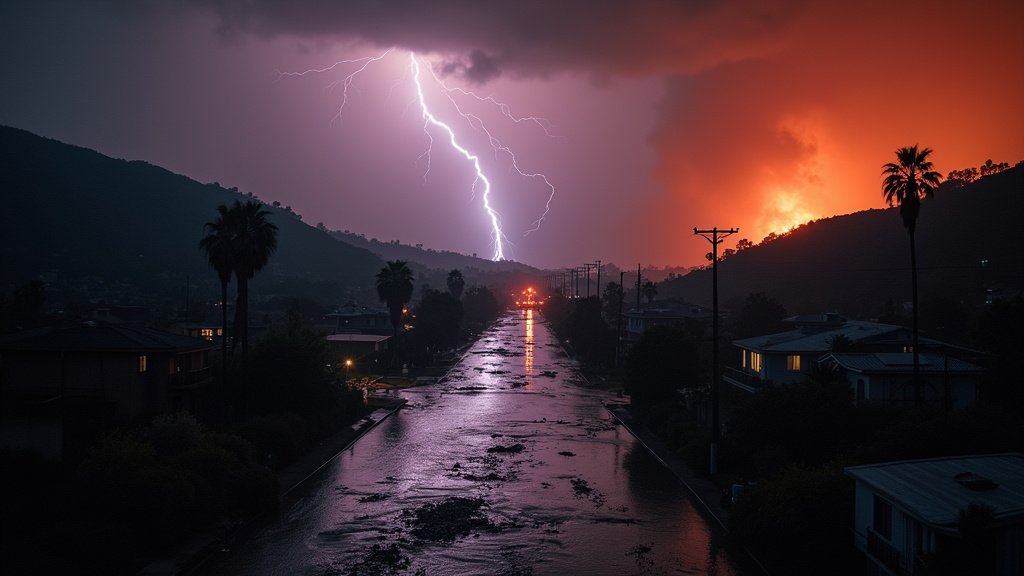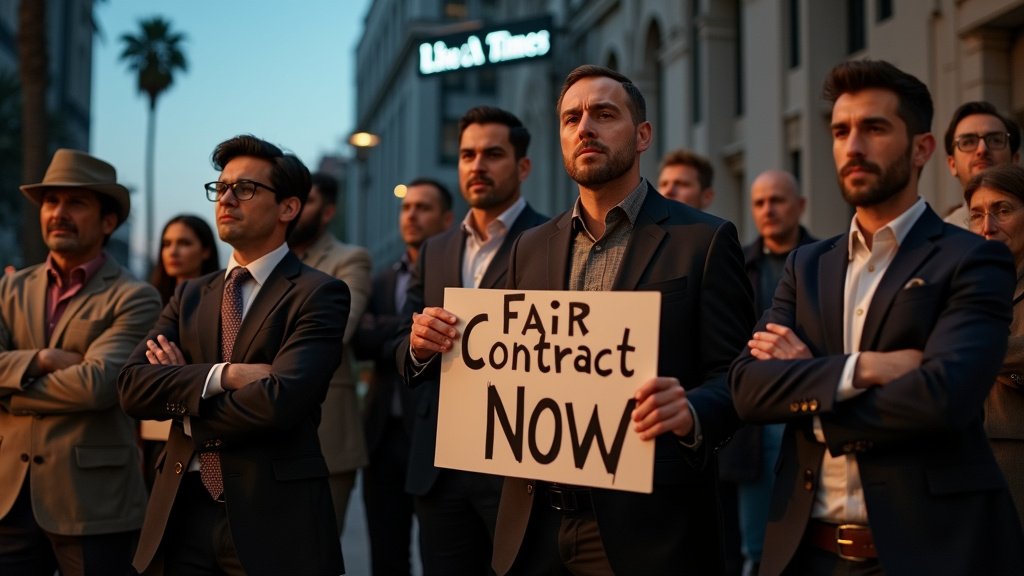In a significant and swiftly decided intervention, the U.S. Supreme Court has granted the Trump administration permission to resume targeted Immigration and Customs Enforcement (ICE) raids in Los Angeles, effectively overturning lower court injunctions that had placed significant restrictions on federal immigration enforcement. The September 8, 2025, ruling, delivered with a 6-3 majority and without detailed explanation, allows ICE to proceed with operations such as “Operation Safe Streets,” which focuses on apprehending undocumented individuals with criminal records, particularly in high-crime areas.
Supreme Court Reverses Lower Court Blocks
The decision emerged from the case Vasquez Perdomo v. Noem, where immigrant rights groups had argued that ICE’s enforcement tactics in Los Angeles relied on unconstitutional factors, including apparent race, language, occupation, and presence in specific neighborhoods, thereby violating Fourth Amendment protections against unreasonable searches and seizures. A temporary restraining order was initially issued by a federal judge on July 11, 2025, and subsequently upheld by the Ninth Circuit Court of Appeals on August 1, 2025. However, the Supreme Court granted the federal government’s emergency application to stay these orders, enabling the Department of Homeland Security (DHS) to resume its enforcement actions. The court’s unexplained order has been a point of contention, with critics, including dissenting Justice Sonia Sotomayor, arguing it offers no clarity to lower courts and effectively greenlights potentially discriminatory practices.
Targeted Enforcement and Conflicting Statistics
ICE operations under the renewed mandate are reportedly focusing on locations frequented by day laborers, such as bus stops, car washes, and agricultural sites. The DHS has asserted that a significant majority of individuals detained in recent sweeps possessed felony convictions, with one report citing over 80% having such records. However, other analyses of internal government data have presented a different picture, suggesting that a substantial portion, potentially nearly half, of individuals in ICE custody may lack criminal records, or fewer than 30% have been convicted of crimes. These discrepancies fuel ongoing debates about the scope and targets of immigration enforcement.
Alarming Implications for LA Schools and Students
The Supreme Court’s decision has ignited widespread concern among educators, school administrators, and immigrant advocacy groups, particularly in Los Angeles, a city with a large immigrant population and numerous undocumented students. Leaders within the Los Angeles Unified School District (LAUSD) have voiced fears that the resumption of raids could lead to increased student absenteeism as families, afraid of separation, keep children home. The potential for trauma among students, disruption to school communities, and a general climate of fear are also major concerns. Schools are reportedly preparing to offer additional support services, including counseling and guidance for staff and families, in anticipation of renewed enforcement activities. The right to a free public education for all children, regardless of immigration status, established by Plyler v. Doe, remains a cornerstone, yet the climate of fear poses a direct threat to students’ access to schooling and their overall well-being.
Civil Liberties and Dissenting Voices
Advocates, including the American Civil Liberties Union (ACLU), have decried the Supreme Court’s order, with an ACLU spokesperson stating it “lifts the veil on unlawful stops that target Latinos simply for existing in public spaces.” Justice Sotomayor, in her sharp dissent, warned that the ruling risks turning Latinos into “second class citizens” and expressed alarm that the government could “seize anyone who looks Latino, speaks Spanish, and appears to work a low wage job.” Critics argue that the decision, by lifting the TRO without clear reasoning, opens the door for racial profiling and could lead to the apprehension of U.S. citizens and lawful permanent residents based on discriminatory assumptions. The legal battles are not over, with further arguments scheduled in lower courts.
A New Chapter in Immigration News
This Supreme Court news marks a significant development in national immigration policy, potentially empowering ICE to expand its enforcement strategies. The decision is expected to influence ongoing immigration news and debates across the country, particularly in sanctuary jurisdictions. As legal proceedings continue, the focus remains on the balance between immigration enforcement and constitutional protections, and the profound impact these policies have on vulnerable communities, especially undocumented students within public education systems.





